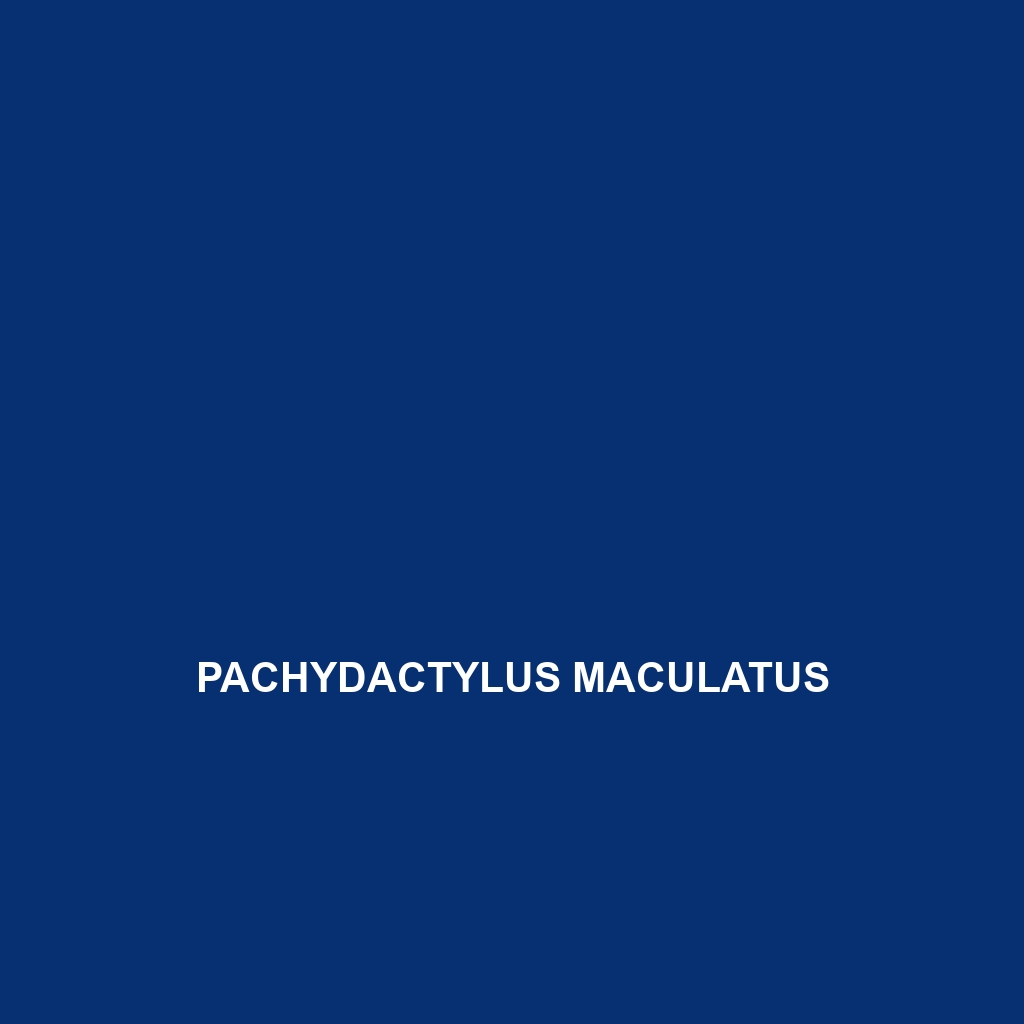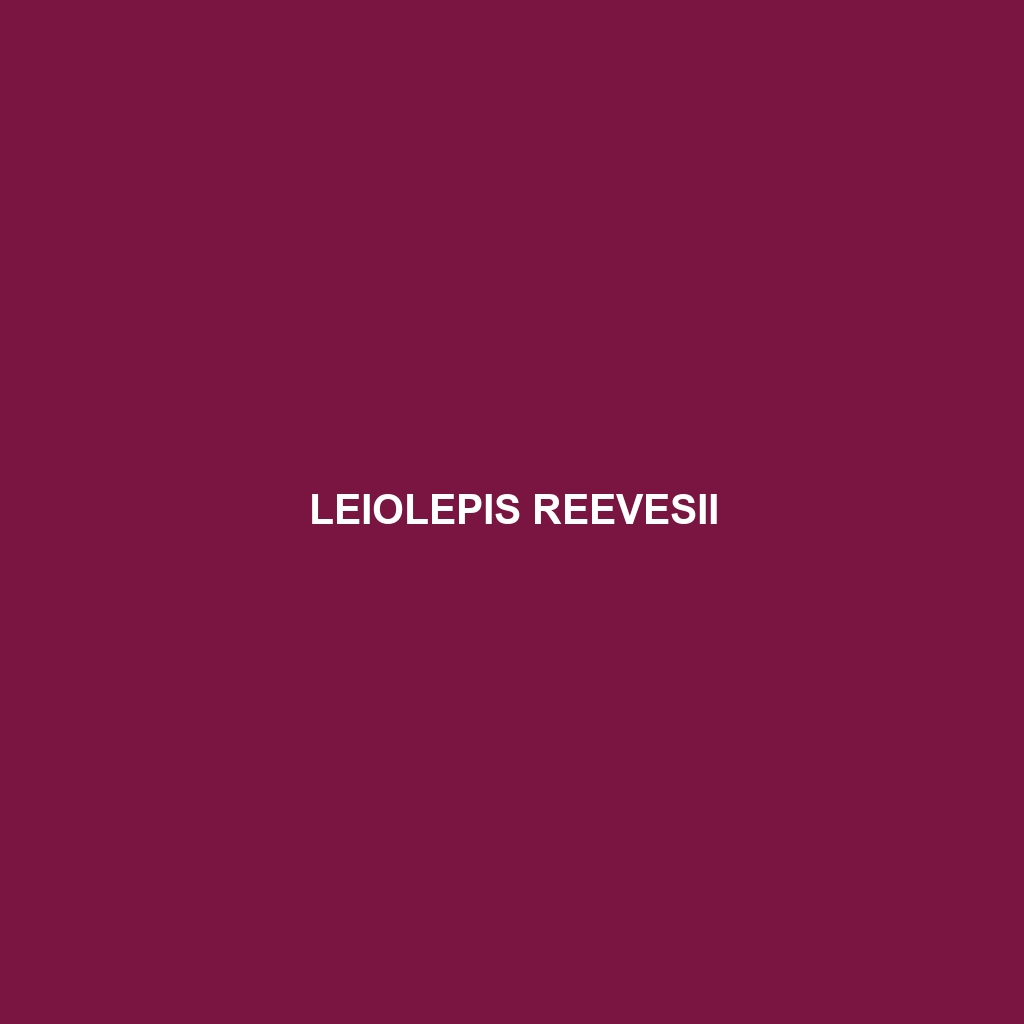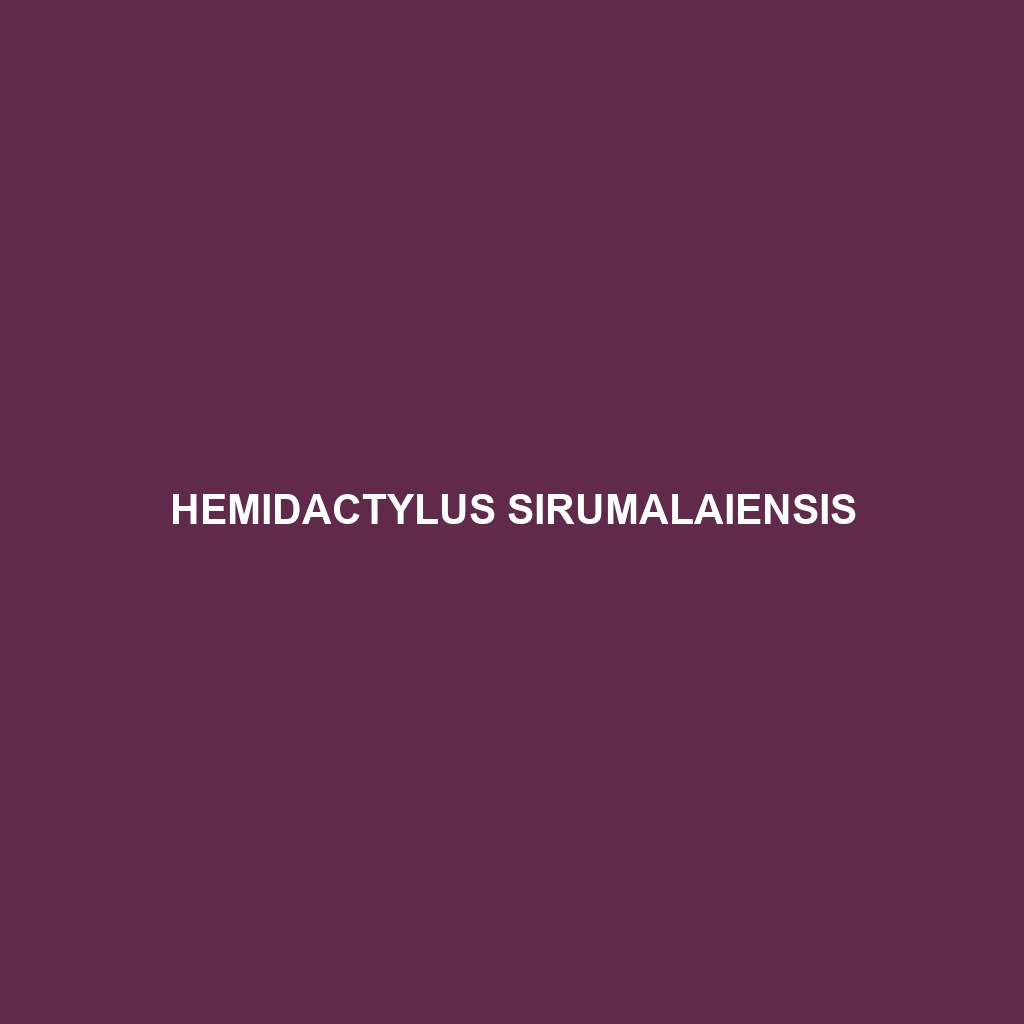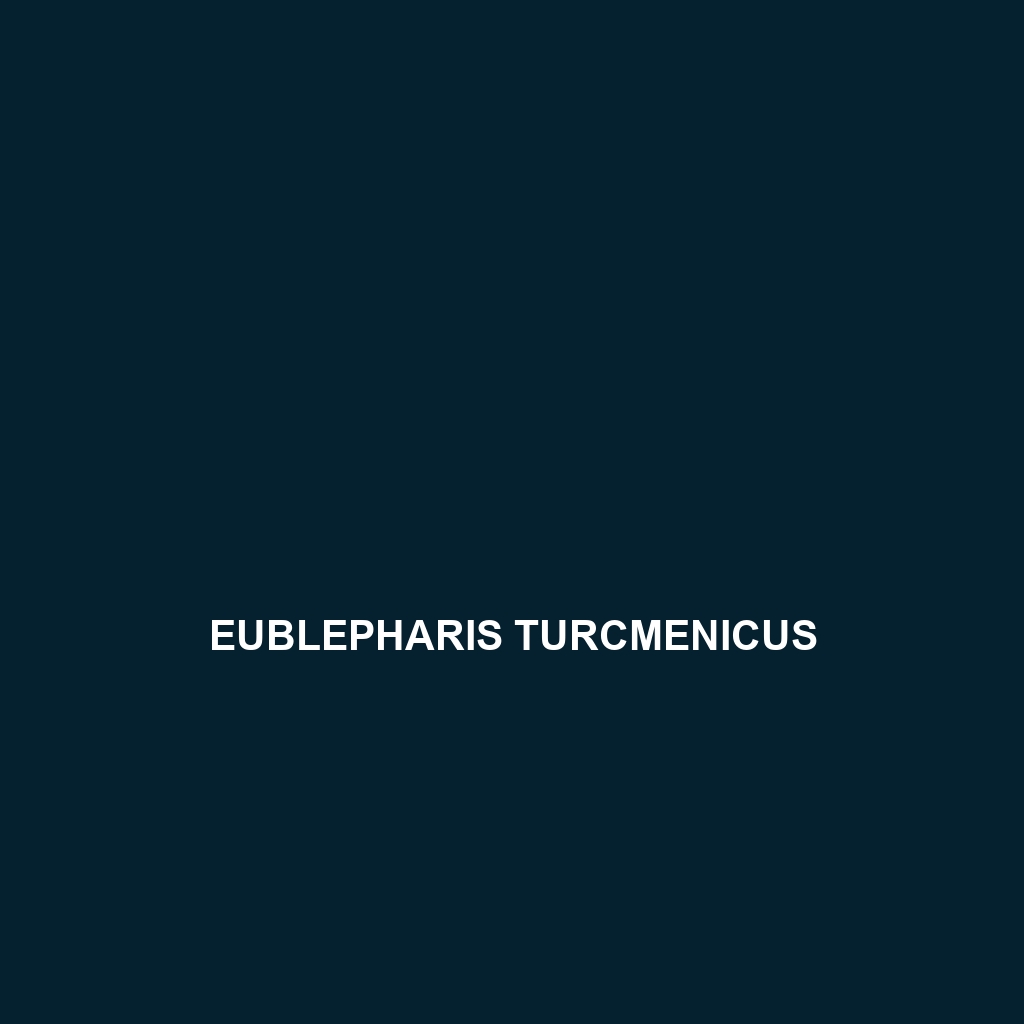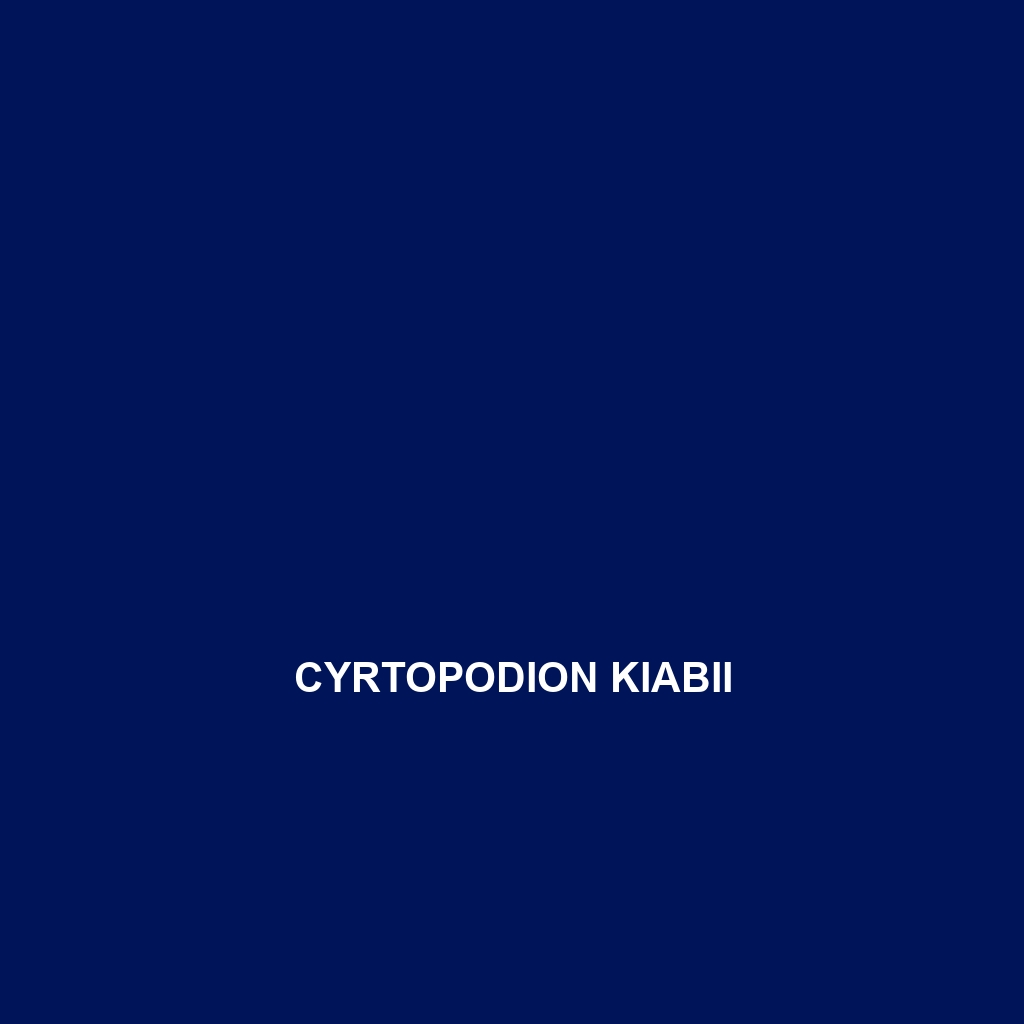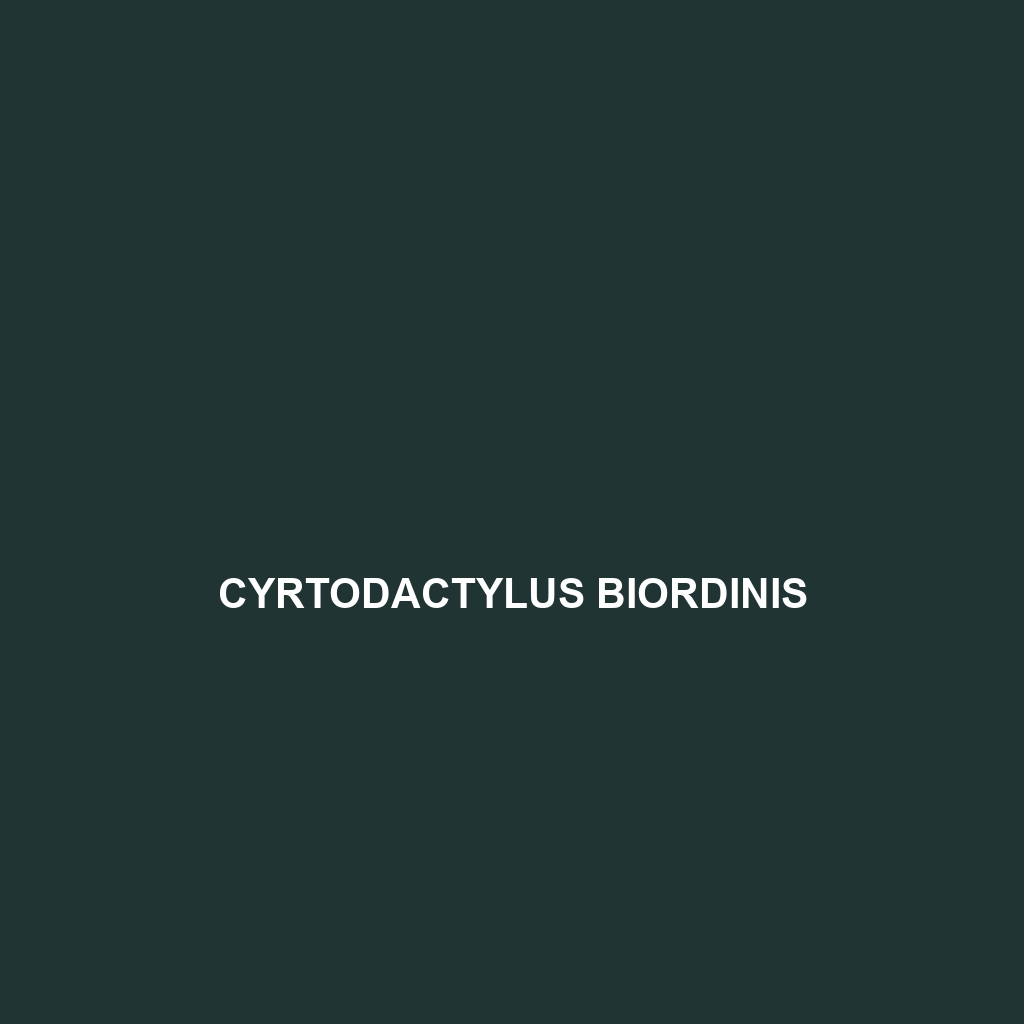Discover the Pachydactylus maculatus, or spotted thick-toed gecko, a medium-sized insectivore native to southern Africa's dry savannas and shrublands. With its unique dark-spotted coloration and specialized thick toes, this nocturnal gecko adeptly navigates its environment while playing a vital role in controlling insect populations and contributing to ecological balance.
Tag: gecko physical traits
Pachydactylus barnardi
Discover the captivating Pachydactylus barnardi, a robust nocturnal gecko native to southern Africa, known for its distinctive earthy coloration, nocturnal hunting behaviors, and essential role in controlling insect populations. This resilient species thrives in warm, arid habitats, displaying unique adaptations such as tail regeneration and effective camouflage amidst rocky outcrops and sandy soils.
Leiolepis reevesii
<b>Leiolepis reevesii</b>, commonly known as Reeves' leopard gecko, is a vibrant insectivore native to the warm, humid regions of Southeast Asia, including Vietnam, Thailand, and Laos. With distinctive patterns and a maximum length of 25 cm, these diurnal geckos play an essential role in their ecosystem by helping to regulate insect populations.
Hemiphyllodactylus insularis
<p><b>Hemiphyllodactylus insularis</b>, or the insular gecko, is a nocturnal insectivore from the rainforests of Southeast Asia, measuring 7 to 10 cm in length and distinguished by its light brown coloration and large eyes. Known for its remarkable climbing abilities and role in controlling insect populations, this gecko's unique behaviors and ecological significance make it a fascinating species.</p>
Hemidactylus sirumalaiensis
<p>The <b>Sirumalai house gecko</b> (<i>Hemidactylus sirumalaiensis</i>) is a nocturnal insectivore found in the rainforests of southeastern India, recognized for its distinctive light brown to beige color and its ability to thrive in arboreal habitats. This gecko plays a crucial role in controlling insect populations and exhibits fascinating behaviors, such as tail regeneration and territorial displays during mating.</p>
Hemidactylus jubensis
<p><b>Hemidactylus jubensis</b>, or the jubensis gecko, is a nocturnal, arboreal species known for its slender body, adhesive toe pads, and ability to camouflage with intricate skin patterns. Primarily an insectivore, it plays a vital role in its ecosystem by controlling insect populations while showcasing fascinating behaviors such as vocal communication and territorial displays.</p>
Eublepharis turcmenicus
Eublepharis turcmenicus, commonly known as the Turkmen Leopard Gecko, is a nocturnal insectivore native to Central Asia, characterized by its robust body, distinctive yellow to beige coloration with dark spots, and ability to thrive in arid environments. This species plays a crucial role in its ecosystem by controlling insect populations and serving as prey for larger animals.
Cyrtopodion kiabii
Cyrtopodion kiabii, a nocturnal gecko native to the rocky, arid regions of southeastern Iran, known for its effective camouflage, insectivorous diet, and fascinating territorial behavior. This Vulnerable species plays a crucial role in maintaining ecosystem balance while showcasing remarkable adaptability to extreme environmental conditions.
Cyrtodactylus markuscombaii
Cyrtodactylus markuscombaii, or Markus Comba's Gecko, a vibrant insectivorous species native to Southeast Asia's tropical rainforests, known for its remarkable camouflage, nocturnal behavior, and crucial role in controlling insect populations. This slender gecko measures 10 to 15 centimeters in length and exhibits distinctive coloration with dark spots, making it a fascinating addition to any reptile enthusiast's collection.
Cyrtodactylus bintangtinggi
The Cyrtodactylus bintangtinggi, a vulnerable gecko native to humid tropical forests of Southeast Asia, thrives in montane regions and limestone caves. This nocturnal insectivore exhibits distinct brown to gray patterns, aiding in camouflage, and plays a vital role in its ecosystem by controlling pest populations.</p>
